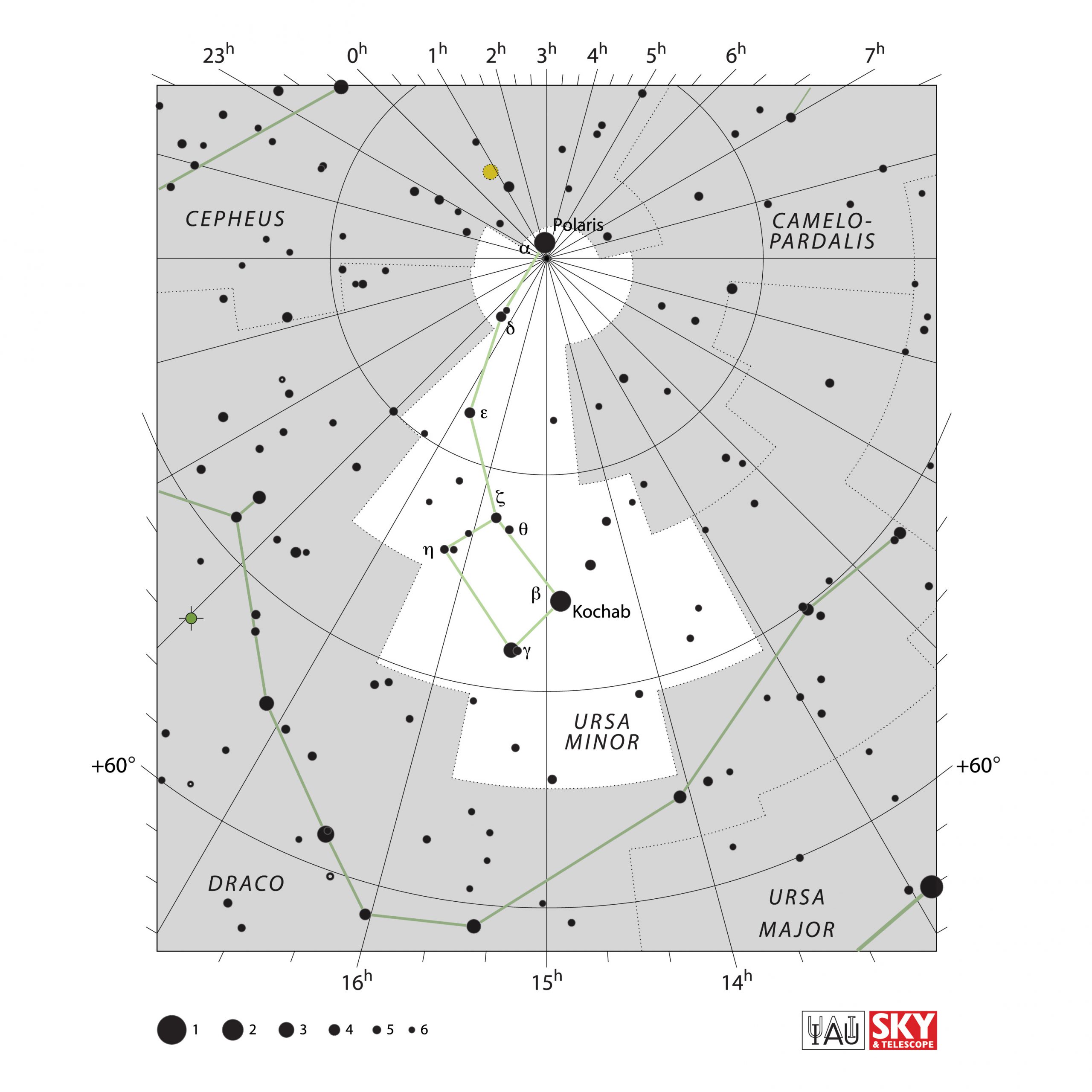Profile / Characteristics
| English translation | Latin declination and pronunciations | Size/ °² | # stars (visible) |
| the Little Bear | Ursa Minor – ER-suh MY-ner Ursae Minoris – ER-suh mih-NOR-iss | 256 | 39 |
Main Star (brightest one):
| Designation | HIP number | name in IAU-CSN | brightness |
| α UMi | HIP 11767 | Polaris | 2.02 mag (V) |
Our (modern) Explanation
The constellation is ancient Greek. It has some mythology connected to the transformation of a princess into the Great Bear but lacks similar astronomical functions at that time.
Ancient Globes

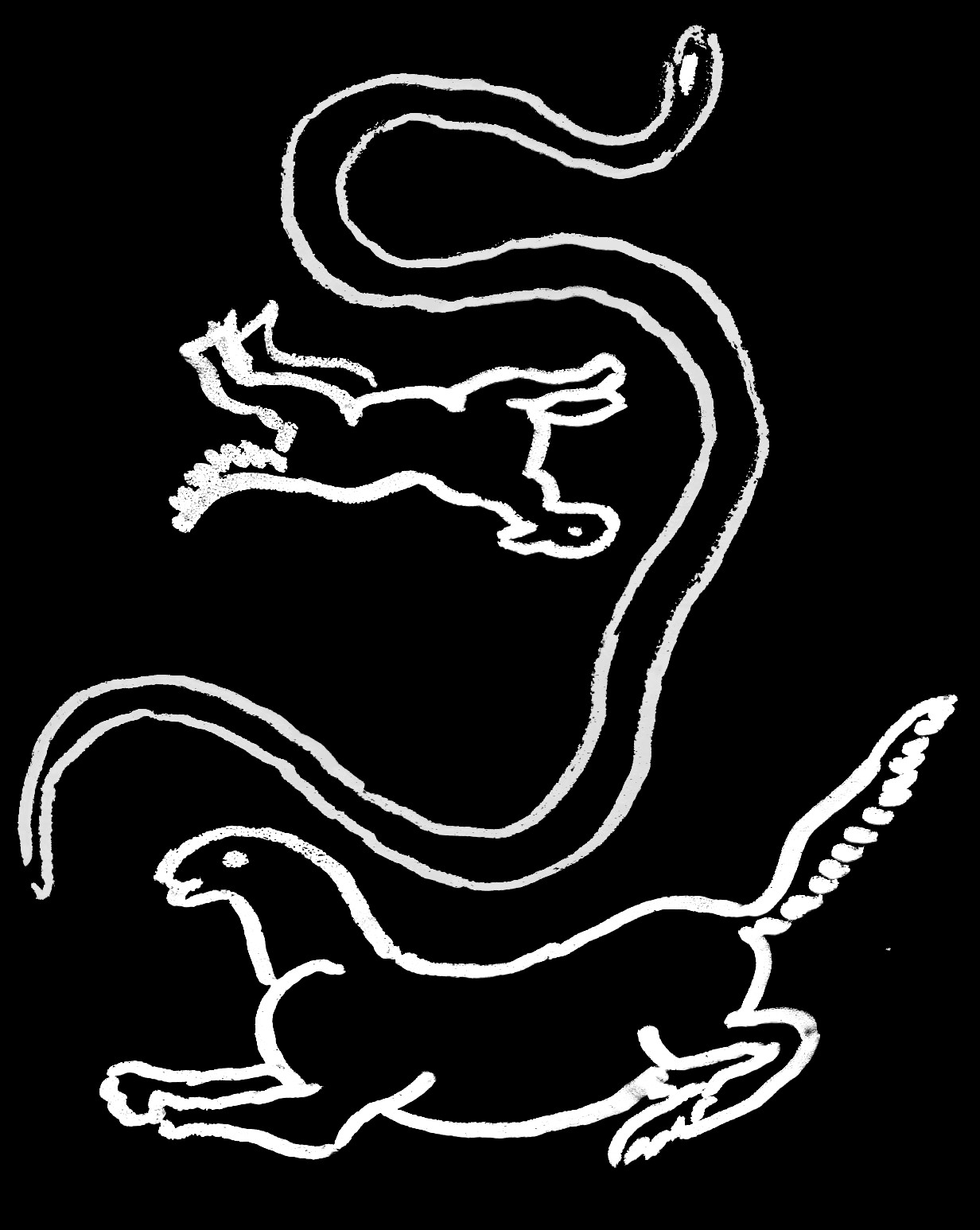
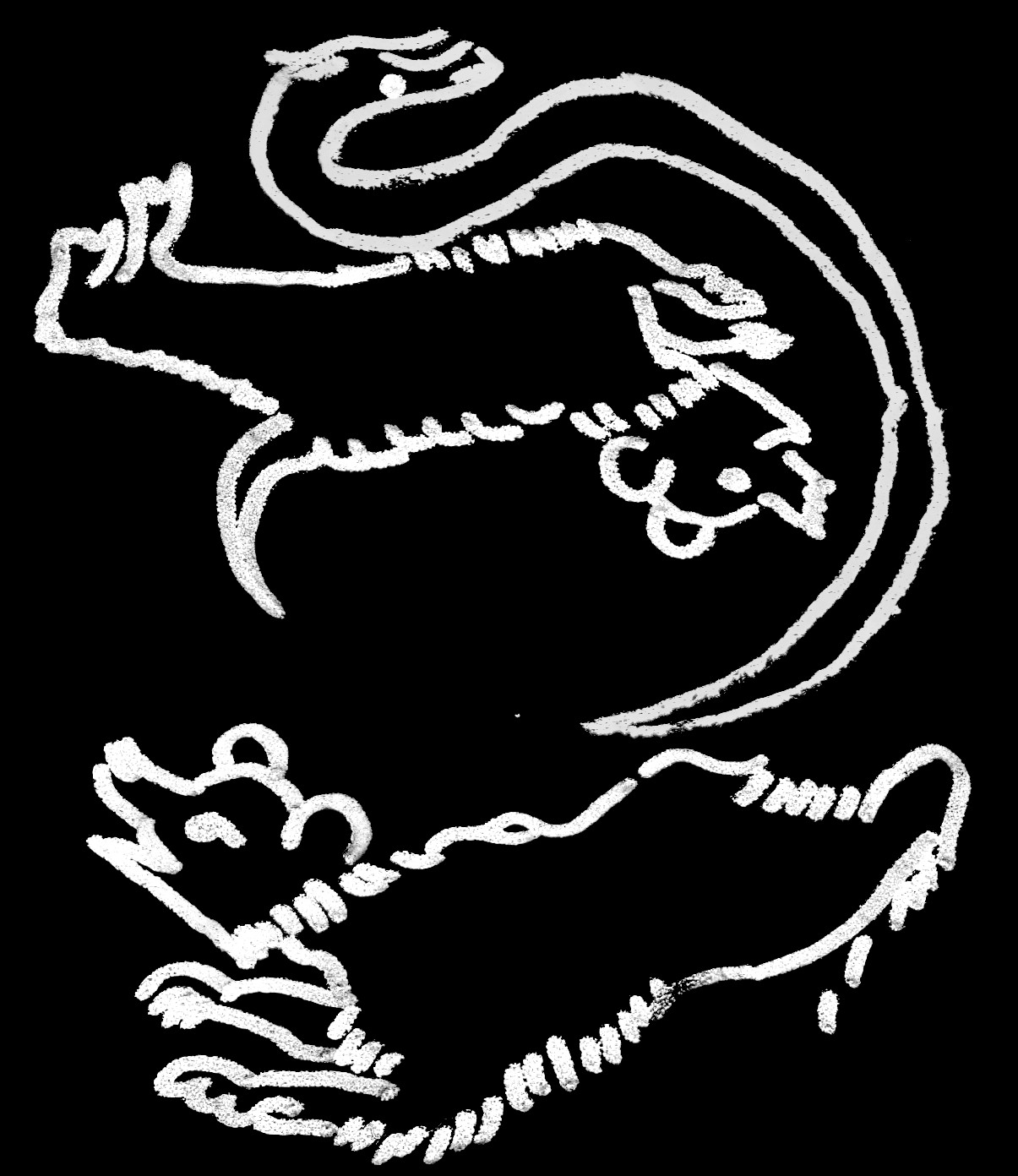
Farnese Globe
Kugel Globe
Mainz Globe
missing (hole in the marble)
Ancient Lore & Meaning
Aratus
Reference:
English translation by Douglas Kidd (1997).
Aratus: Phaenomena, Cambridge Classical Texts and Commentaries, Series Number 34
Pseudo-Eratosthenes
A second image of the Great She-Bear, put into the sky after Artemis had learned that the maiden who was changed into a bear was not guilty.
References:
French translation by:
Jordi Pàmias i Massana and Arnaud Zucker (2013). Ératosthènes de Cyrène – Catastérismes, Les Belles Lettres, Paris
English version in:
Robin Hard (2015): Eratosthenes and Hyginus Constellation Myths with Aratus’s Phaenomena, Oxford World’s Classics
Modern and Mediaeval Depiction
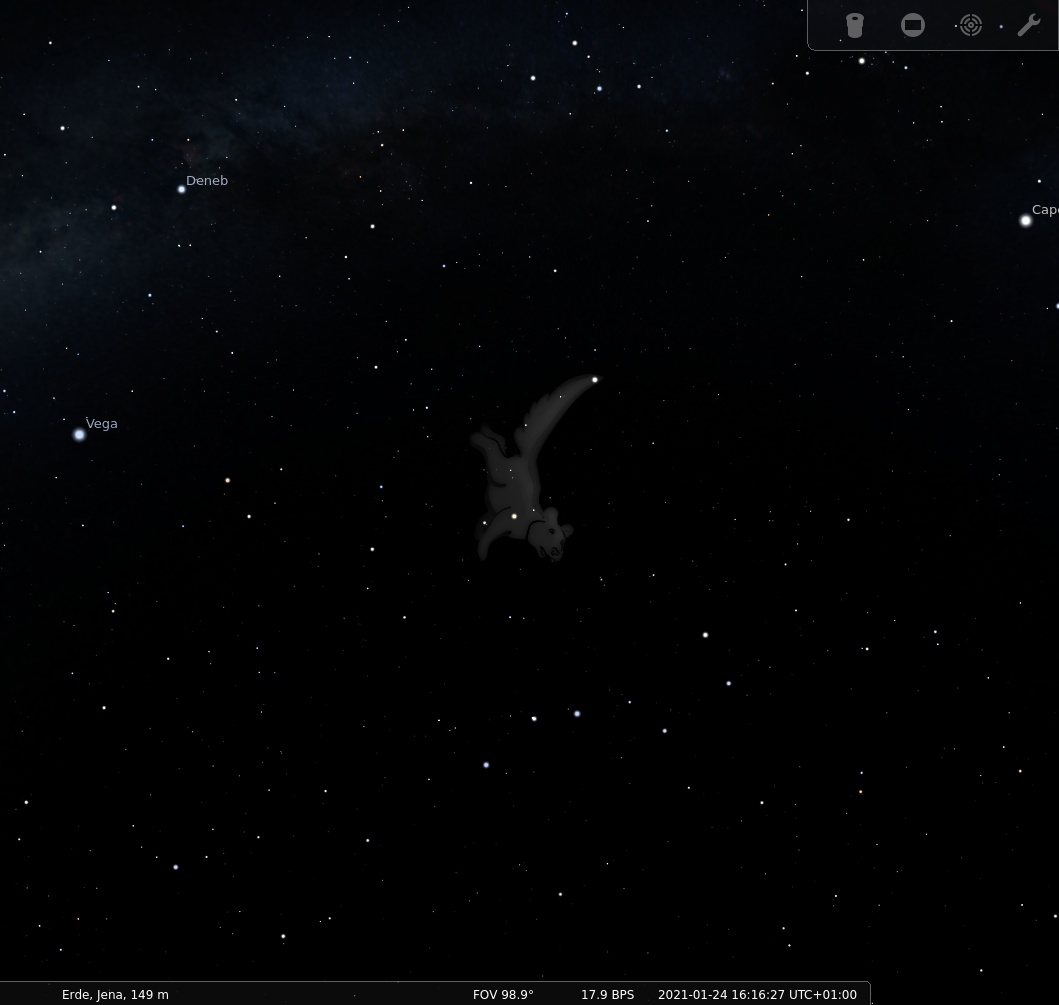
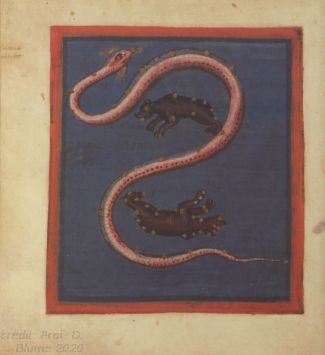
Depiction in Stellarium (by Fabien Chéreau, since 2000 CE)
depiction in the Leiden Aratea (9th century CE)
Early Modern Interpretation
Contemporary
As one of their first tasks in the 1920s, the newly founded International Astronomical Union (IAU) established constellation standards. The Belgian astronomer Eugène Delporte was assigned to the task to define borders of constellations parallel to lines of declination and right ascension. They were accepted by the General Assembly in 1928. The standardized names and abbreviations had already been accepted in 1922 and 1925.
